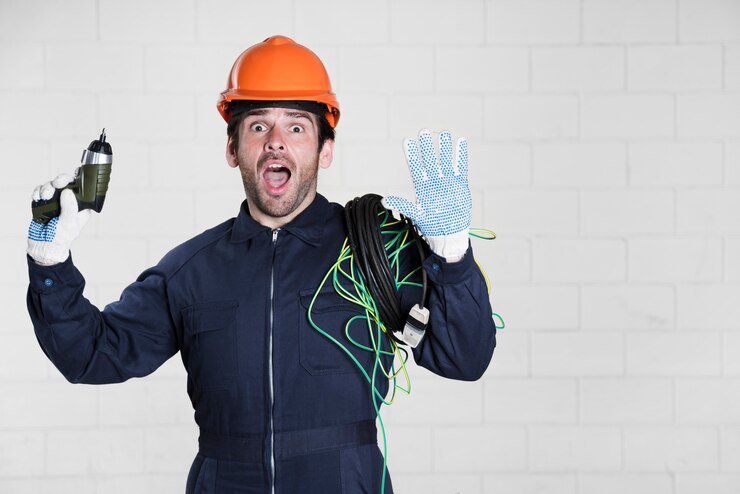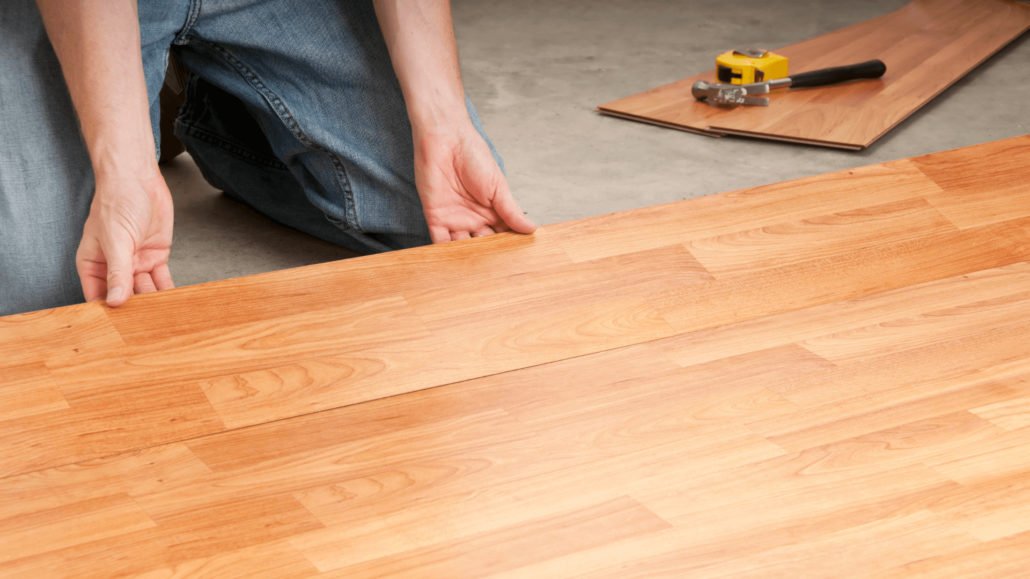Table of Contents
ToggleIntroduction
Electrical inspections are a critical aspect of home safety, and one of the most overlooked components is the condition of electrical wiring hidden within walls. A wall electrical inspection ensures that the wiring and electrical components inside walls are functioning correctly and comply with safety standards. In this guide, we’ll explore what wall electrical inspections involve, why they are essential, and how you can perform one or hire a professional to get the job done.
Whether you’re a homeowner wanting to ensure safety or a homebuyer looking to avoid electrical issues, understanding wall electrical inspections will help you maintain a secure and efficient electrical system in your home.
What Does a Wall Electrical Inspection Involve?
A wall electrical inspection typically involves a comprehensive check of the wiring, outlets, switches, and electrical components installed within the walls of your home. It’s important to ensure that all connections are secure, no wiring is damaged, and the system is up to code.
Key Components Checked:
- Wall outlets: Inspecting outlets for overheating, damage, or signs of burning.
- Hidden wiring: Checking for faulty wiring behind walls that may not be visible but could cause serious electrical issues.
- Switches: Inspecting wall switches for proper functionality and signs of wear.
- Electrical boxes: Ensuring that all electrical boxes are properly enclosed and wires are not exposed.
Professional electrical inspections often involve advanced tools such as infrared cameras and circuit analyzers to detect issues that are not visible to the naked eye.
Why Wall Electrical Inspections Are Important
Faulty electrical wiring hidden within walls is one of the leading causes of residential fires. A wall electrical inspection can help identify and resolve dangerous issues before they become a hazard. It’s also important for older homes where wiring systems may have deteriorated over time, posing safety risks.
Homeowners may also benefit from regular inspections by catching small issues like loose connections or minor electrical faults before they escalate into major repairs. For homebuyers, it’s a good idea to include wall electrical inspections in your checklist to avoid future costly repairs.
Signs You Need a Wall Electrical Inspection:
- Flickering lights
- Buzzing sounds from walls or outlets
- Burning smells
- Tripped circuit breakers
- Discolored outlets or switches
DIY Wall Electrical Inspection: Is It Possible?
While it’s always recommended to hire a certified electrician for a thorough inspection, some basic checks can be performed by homeowners. However, it’s crucial to exercise caution and know your limits when dealing with electricity.
Tools Needed for Electrical Wall Inspections:
- Multimeter to measure voltage
- Non-contact voltage tester to detect live wires
- Flashlight and screwdriver
- Infrared thermometer to spot overheated areas
If you’re unsure of what to look for, or if you find any issues, stop immediately and contact a professional.
How to Perform a Basic DIY Wall Electrical Inspection:
- Turn off the power: Before checking outlets or wiring, turn off the power to the specific circuit or area you’ll be inspecting.
- Inspect outlets and switches: Look for any discoloration, cracks, or signs of overheating. Use a non-contact voltage tester to ensure no current is running.
- Test for proper voltage: Use a multimeter to check the voltage of your outlets. The standard should be around 120V for most home outlets.
- Check for faulty wiring: Look for exposed or damaged wires near outlets, and ensure that connections are tight.
Hiring a Professional for Wall Electrical Inspection
When performing a wall electrical inspection, professionals have access to specialized tools and techniques that go beyond basic DIY methods. Hiring an electrician ensures that the inspection is done thoroughly and all issues are detected and resolved. Here’s what to expect from a professional service:
What Happens During a Professional Wall Electrical Inspection?
- Infrared scanning: To detect overheating wires or faulty connections hidden behind walls.
- Circuit testing: Checking for overloaded circuits and proper grounding.
- Code compliance check: Ensuring that all electrical systems meet the local electrical codes and regulations.
The cost of hiring a professional varies depending on the size of the home and the complexity of the electrical system. On average, homeowners can expect to pay between $150 to $300 for a standard wall electrical inspection.
Wall Electrical Inspection Costs
Understanding the cost associated with wall electrical inspections can help homeowners budget appropriately. The inspection cost depends on whether you’re performing a DIY check or hiring a professional electrician.
DIY Inspection Costs:
- Multimeter: $20-$100
- Non-contact voltage tester: $10-$40
- Basic tools: $20-$50
Professional Inspection Costs:
- Basic wall electrical inspection: $150-$300
- Comprehensive home inspection: $300-$500
- Infrared thermal imaging: Additional $100-$200
Common Wall Electrical Problems
There are several common problems that might be detected during a wall electrical inspection. Some of these issues can lead to serious safety hazards if not addressed:
- Overloaded circuits: Too many devices on a single circuit can cause wires to overheat, potentially leading to a fire.
- Damaged or frayed wiring: Wires inside walls can deteriorate over time or be damaged by pests, moisture, or wear.
- Loose outlets or switches: Poor connections can cause overheating and result in electrical fires.
- Old wiring systems: Homes with aluminum or knob-and-tube wiring may require updating to meet modern safety standards.
Addressing these issues early can save money and prevent dangerous situations.
Wall Electrical Inspection for Homebuyers
When purchasing a home, ensuring the electrical system is up to code is essential. Including a wall electrical inspection in your pre-purchase checklist can help you avoid unexpected expenses and safety issues after moving in.
What to Include in Your Homebuyer’s Electrical Checklist:
- Request a comprehensive electrical inspection, including all wiring within walls.
- Ensure that outlets and switches function properly.
- Confirm the electrical system complies with modern safety standards.
- Budget for necessary repairs or upgrades based on the inspection report.
Final Thoughts
A wall electrical inspection is an essential part of maintaining a safe and functional home. Whether you choose to perform a DIY inspection or hire a professional, identifying and addressing potential electrical issues within your walls can prevent accidents and costly repairs. For homebuyers, incorporating an electrical inspection into your home purchase process is crucial to avoid hidden electrical problems down the line.
Questions to Consider:
- Do you regularly perform wall electrical inspections in your home, or are you considering hiring a professional?
- Have you experienced any electrical issues like flickering lights or tripped circuits that might suggest faulty wiring?
- What is the cost of an electrical inspection in your area, and is it worth investing in a professional service?
By staying proactive and vigilant, you can ensure your home’s electrical system is safe and reliable for years to come.
Why You Need Must Read These Blogs
How Audio Visual Technology is Revolutionizing Communication
What Schools or Training Qualify for CTB in California?
How to Set Up Grandstream Wave App HubSpot Integration
Keyboard Keys Not Working? Here’s How to Fix and Prevent It
Can I Use an 8 Speed Chain on a 10 Speed Cassette?
Logitech Harmony All-in-One Ultimate Hub Remote
The Best USB-Cabled Headset with Built-In Echo Cancellation Technology
Can a Polo and Tie Be a Business Professional?






